Of course, when it comes to research, a year is a second on the timeline, but it's amazing what a little time and money in Michigan can do for the greater state of architecture. RTM's objective is to fund projects that can go on to receive greater funding in the future, and in the process, change both the practice and conversation of architecture. To quote Ponce de Leon, speaking by phone from Ann Arbor: "The intent is to create a basis for more to come."
This year's exhibition of RTM projects runs through 7 April, and, among other things, explores the malleability of plaster (Morphfaux...recovering plaster as architectural substrate), the intersection of rural and urban space in China (Ruralopolitan Maneuvers: HOUSE 50), and architecture that can physically adjust to changing sonic conditions (Resonant Chamber). In conversation with Domus, Ponce de Leon comments on the greater resonance of such projects and the change she's witnessed in architects' attitudes and anxieties in the last four years.
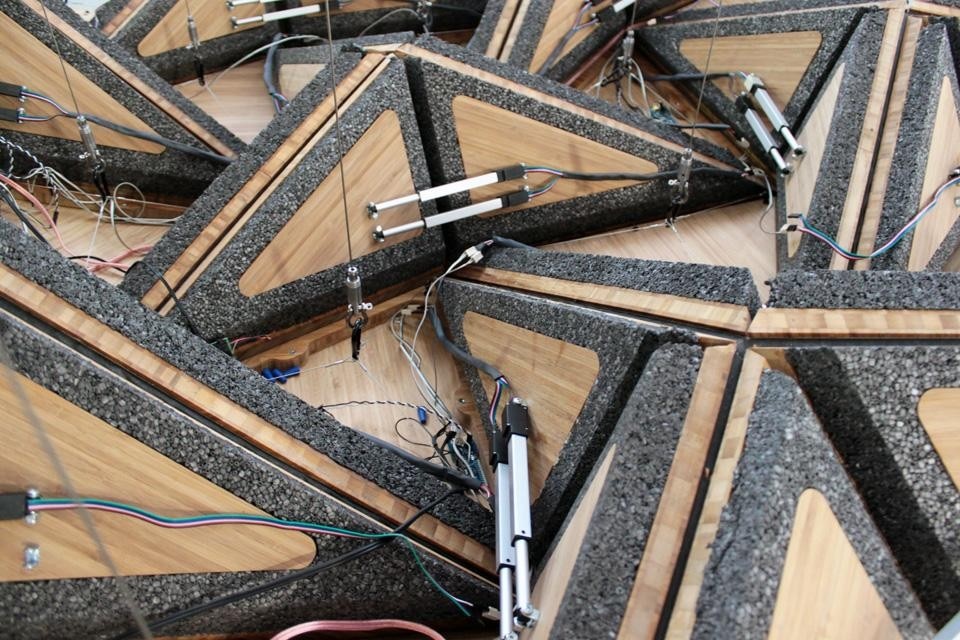
Monica Ponce de Leon: In 2008, when I became Dean at the School of Architecture, I quickly understood that there is a lot of serious funding for research in the United States, but it's directed toward two poles—either technology, or the humanities. There's actually very little support for research that is materially based and akin to creative practice. So I decided to use our resources to create seed funding that would support projects by designers exploring material ideas. In the past fours years, we've seen some projects that look at emerging materials, and others that take old materials and find new ways of working with them. But we've also had a cadre of researchers looking at broader cultural contexts for the physical world, and understanding material in terms of cultural constructs.
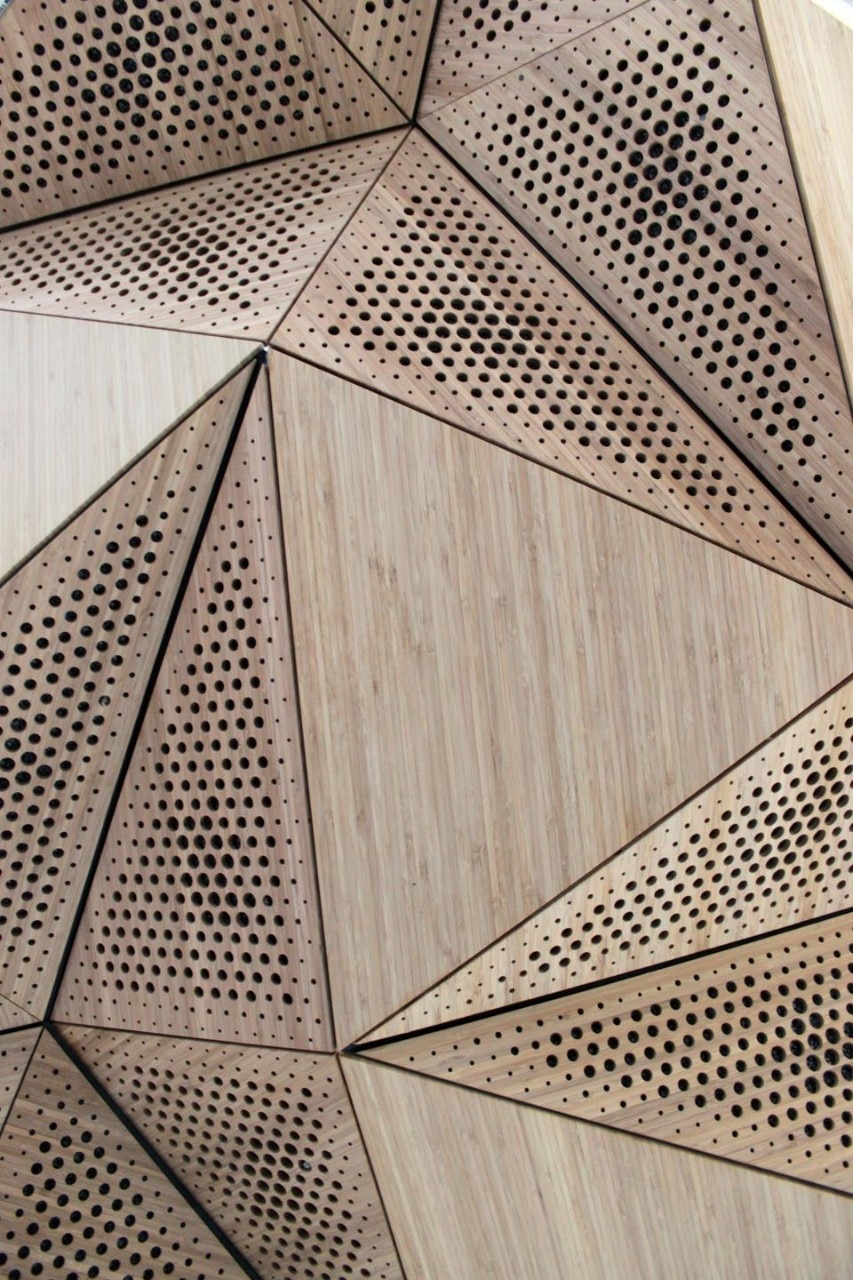
This year, Robert Mangurian and Mary-Ann Ray (Ruralopolitan Maneuvers) looked at the material reality of urban transformations in China — only they looked in rural villages. You know, we're always looking at globalization in terms of its impact on cities, but they took it to a smaller scale, looking at familiar rituals, domesticity, and the aggregation of different kinds of domestic units into a larger cohesive community. So that's one end of the spectrum. On the other end, there's Geoffrey Thün, Wes McGee and Kathy Velikov, who worked on ceiling panels that flexibly change in a performance space, depending on what it's used for (Resonant Chamber) — this was a collaboration between them and acoustical engineers from ARUP. The question they set out to address, and that the grant has given them seed funding to ask, is: Can the same space be optimal for an array of different kinds of performances? They produced this beautiful system, and now they're talking about patenting it. These are examples of two very different investigations, which both look at the material cultural consequences of the physical world. This little bit of funding — each grant is up to $20,000 — is really a catalyst for the designers to go and get more funding, go after bigger grants.
In the first year, most applicants were set on trying to overemphasize the solution of a problem, and to disguise design as scientific research, somehow. Now, they feel freer to engage a broad spectrum of ideas that belong more in the world of art and poetry
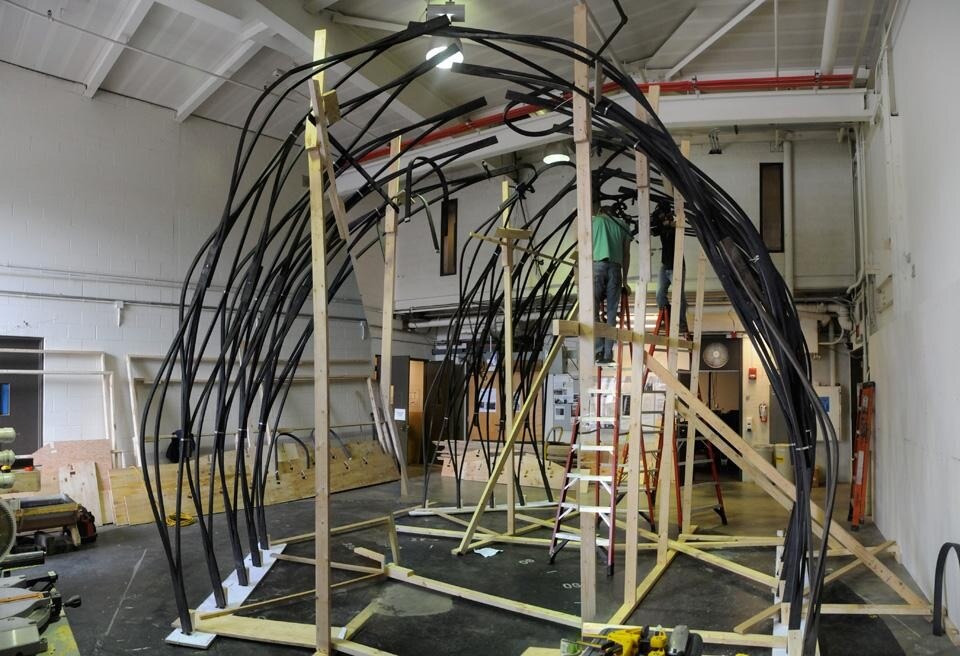
I have a full-fledged design practice [formerly Office dA, now MPDL Studio], and one of the surprises waiting for me when I jumped into the academic and administrative world is that architecture is more misunderstood than some of us suspect. It's understood either as a completely creative practice — we architects are "expressing" ourselves. Or it's understood as very functional problem-solving: You have a problem, you get funding, you set up a series of experiments and then you solve the problem. This is an age-old tension within the discipline, and one that is still very prevalent today. Where is the boundary between the acts we do as designers, and the acts of providing pure beauty and enjoyment? None of us talk about this tension, but it's at the core of what we do. So, for us, Research Through Making was a way to do away with the tension.
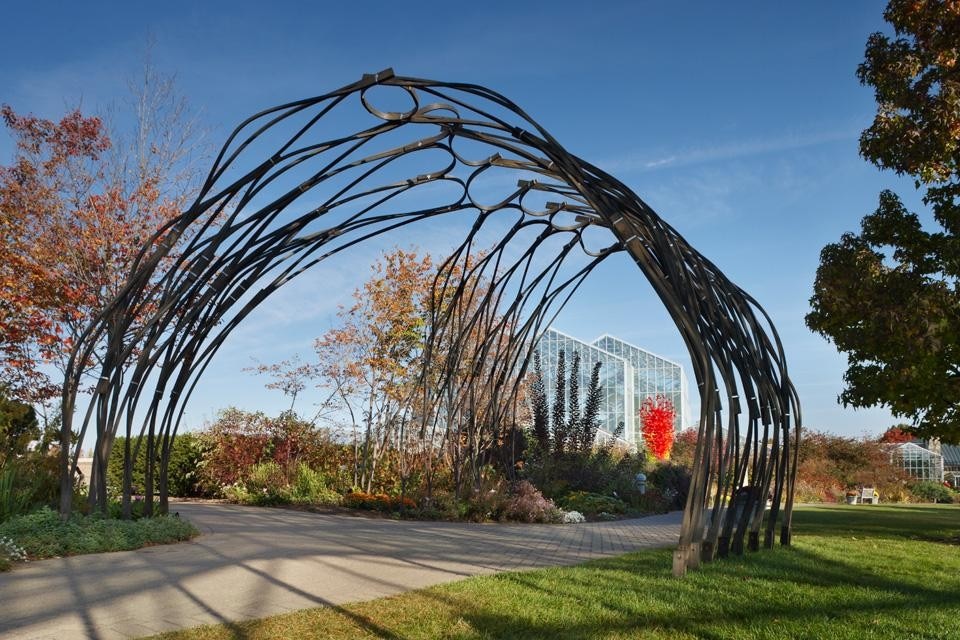
Tremendous change. In the first year, most applicants were set on trying to overemphasize the solution of a problem, and to disguise design as scientific research, somehow. Now, they feel freer to engage a broad spectrum of ideas that belong more in the world of art and poetry.
Does this reflect any general shift in the way we think about architecture?
Culturally, I do think we're moving toward understanding that architecture is really about a hybrid. You know, the funding for these projects is awarded by outside jurors. I've always tried to have a very mixed group, which includes people from the world of media, galleries, and museums — those people who actually disseminate design. I also like having practitioners that can think about what this means to the discipline as a whole. And, of course, I always have academics, to make it as broad a conversation as possible. These are not very strict boundaries, though: There are people that fit two or three of the categories. Now, over the course of four years, I have seen the conversation shift, so that people are engaging in conversation more freely and with many more opinions.
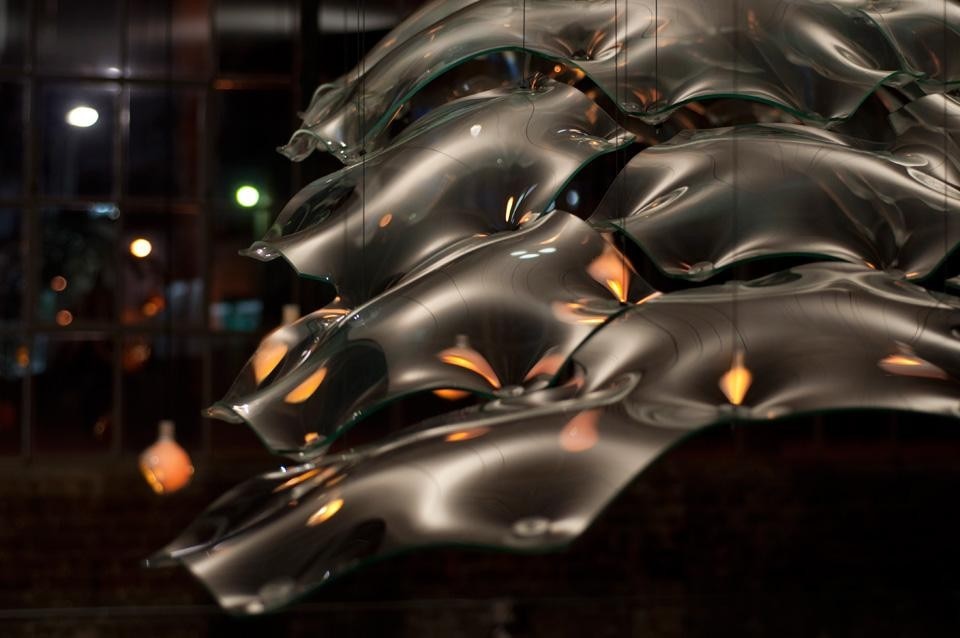
Well, let's say you could get a multi-million dollar grant to understand how the skin of a building could be more efficient vis a vis energy. The minute you start to bring the history of a material, its cultural implications, or — God forbid — aesthetics, into the question, you know what happens. You no longer fit the funding mechanism, right? Then you have to search for other means and methods. We're talking about radically different amounts of money, of course — five, ten, twenty thousand dollars is very different from multi-million dollar grants. But Research Through Making shows that if you give architects just a little bit more money, more freedom and more time, they come up with really good ideas.


